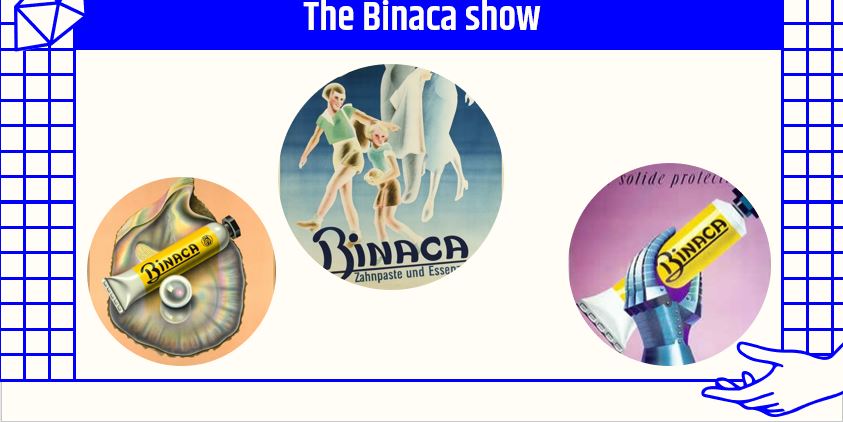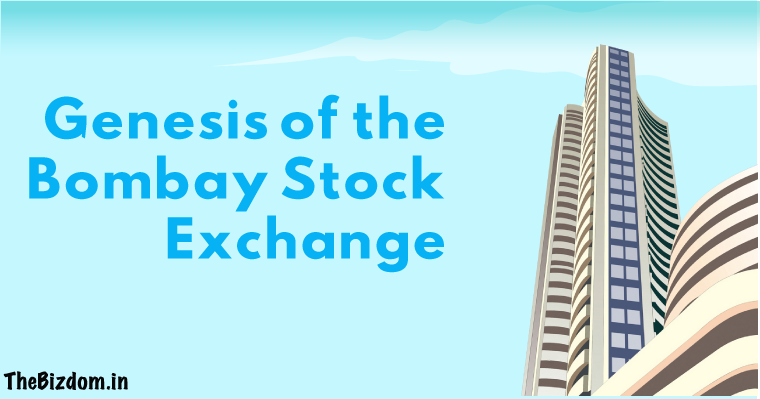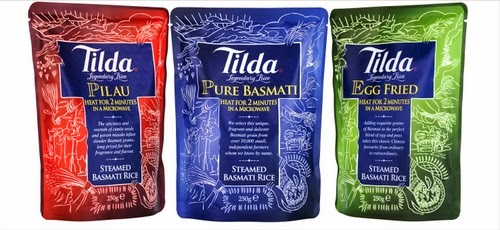8 min to read
SteelMint: Desi Data Masters
Every industry has a ‘Data Master’ who extracts business insights from the information at hand.
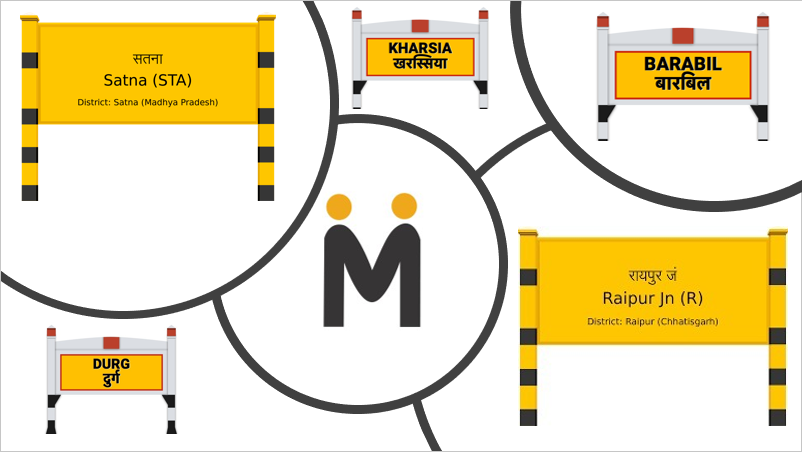
The Steel Industry in India
India is one of the fastest growing economies in the world. Steel is in everything from your car, to your bike, and to your house. Steel has emerged as the most basic requirement of the new rail network and other infrastructure projects scheduled to come up soon. The Steel Industry in India is on a rising curve – some small-scale producers operate; however, most of the steel factories are in the public sector.
Tata Connection
Durg District was first noticed in 19th century by P. N. Bose, first Indian to join Geological Survey of India (GSI). He informed about this place to Dorabji Tata, somehow things did not materialize for the Tatas. Rather Bose’s most promising discovery came when he retired from GSI.
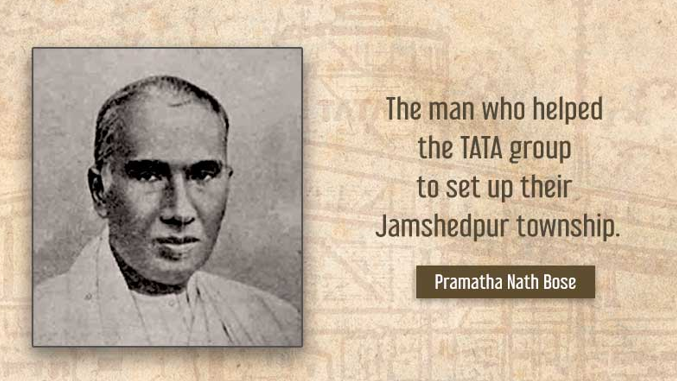 In 1903 he was approached by Mohini Mohan Dhar, the Dewan of Mayurbhanj district in Odisha. Read more
In 1903 he was approached by Mohini Mohan Dhar, the Dewan of Mayurbhanj district in Odisha. Read more
Since, Steel is the most basic requirement of modern manufacturing and so Indian government started to setup this on their own. In the 2nd Five Year Plan, 3 steel plants of 1 million tonne capacity each were set up under the Hindustan Steel Limited (HSL) at Rourkela, Bhilai, and Durgapur.
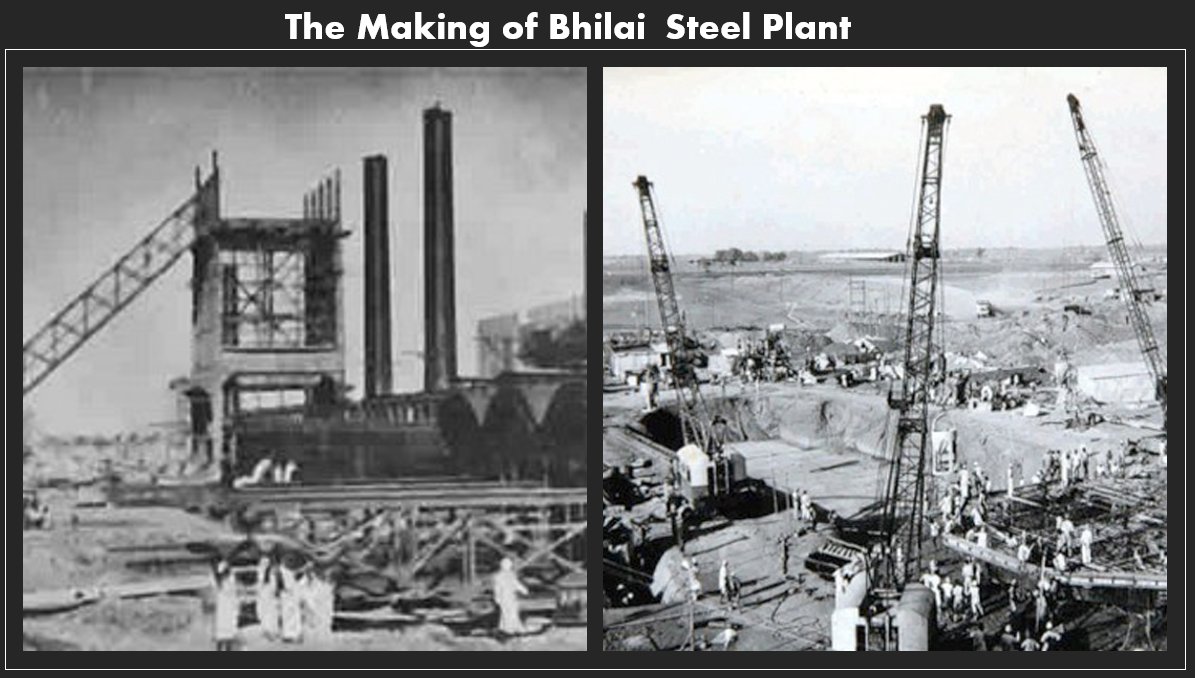
Cold War
It was the early days of Cold War, and due to funding constraints India approached both the camps; Soviet Union was quicker to bring in their expertise for the Bhilai Steel Plant. The Bhilai Steel Plant almost started the economic cold war, as it was the then largest Soviet project in India. BSP soon became sole supplier of rail tracks to the Indian Railways. Speaking before the Indian Parliament in February 1960, Soviet leader Nikita Khrushchev celebrated progress at the Soviet-aided steel mill in Bhilai: “Let the friendship between our nations,” he announced with his best effort at poetry, “be as strong as metal from the Bhilai Metallurgical Factory.”
Another intresting trivia: S. Narayan was a young metallurgist teaching at the Indian Institute of Science in Bangalore in April 1958 – who was soon to be sent off to the Bhilai Steel Plant, which was set up in collaboration with the USSR. Owing to his fluency in the Russian language, he was approached for lessons by one of his student who had just won the Lenin Prize for ‘outstanding services in the struggle for preservation and conservation of peace’. The lessons went off well, and CV Raman delivered the famous acceptance speech in Russian in Moscow.
On a side note, you can also read about a person whose clan today dominate the Steel business in India and who was getting started around the same time.
Shekhawati belt of Chhattisgarh
Now, let’s jump to another industrial town. Satna is known to be one of the largest cements producing city in the world due to limestone and dolomite deposits. This is where Dhruv and Tarun Goel (brothers) were born and where they got their first experience of iron-ore trading.
They started working for their maternal uncle, way back in 2007. Just then came the 2008 Global crisis.
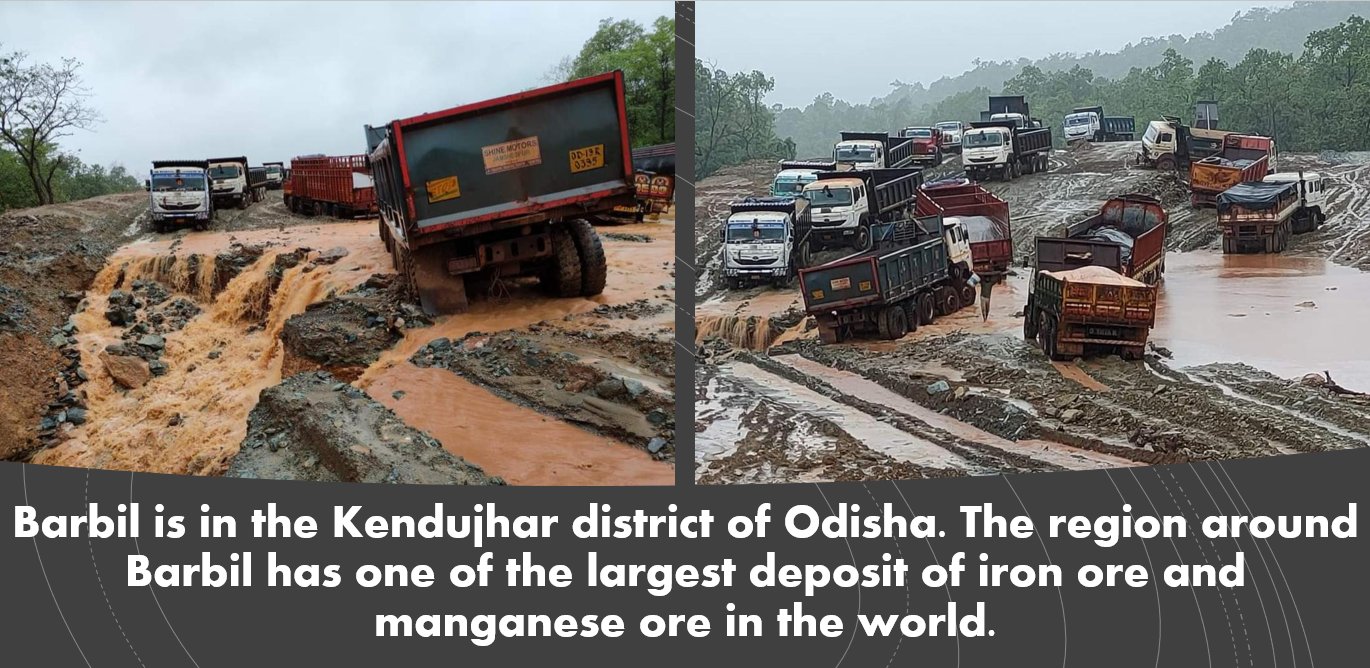 This is when Dhruv decided to to be on his own and shifted base to the main hub of the action Barbil in Odisha which happens to be the largest iron-ore Mining belt.
This is when Dhruv decided to to be on his own and shifted base to the main hub of the action Barbil in Odisha which happens to be the largest iron-ore Mining belt.
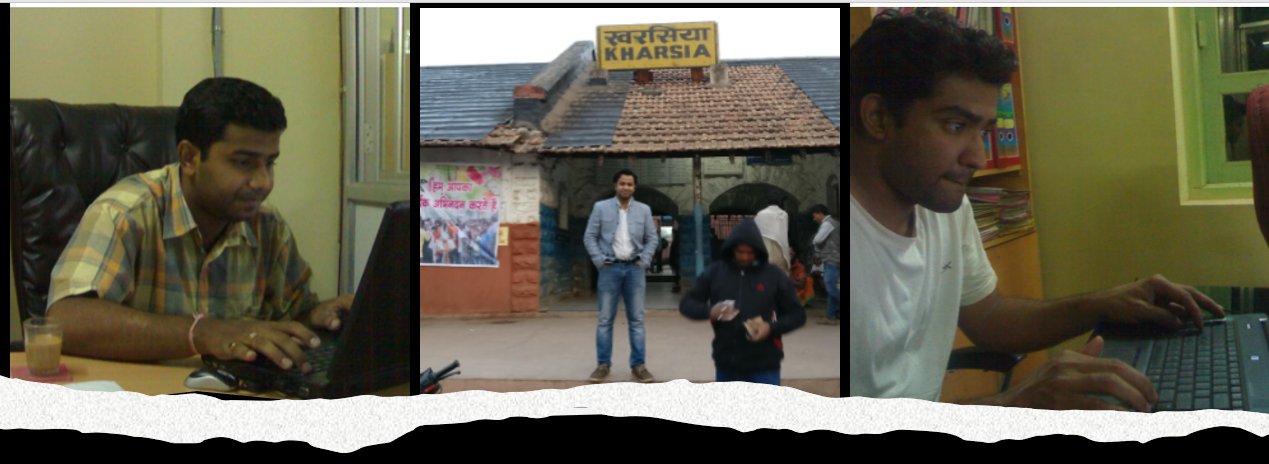 The last important town in this riveting story is Kharsia. This small town is to Chhattisgarh, what the Shekhawati belt is to Rajasthan or probably if one goes deeper, there might be a deeper connection between the two. Most Marwadis working in the steel industry in Chhattisgarh owe their origins to this small station located on the Tatanagar–Bilaspur section of Howrah-Mumbai line. The town is the birthplace of many leading steel manufacturers of the region. Sumit Agrawal was also born in this place. In July 2008, both Dhruv & Sumit (distant relatives) had a chance meeting at Tarun’s place in Delhi, where they exchanged ideas. Tarun was working for a logistics company in Delhi in those days. The plan was that, Dhurv will be in Barbil to source Iron Ore, which Sumit will sell in Raipur/Durg belt. The entity formed was named ‘Shri Krishna Trading Company’ (SKTC).
The last important town in this riveting story is Kharsia. This small town is to Chhattisgarh, what the Shekhawati belt is to Rajasthan or probably if one goes deeper, there might be a deeper connection between the two. Most Marwadis working in the steel industry in Chhattisgarh owe their origins to this small station located on the Tatanagar–Bilaspur section of Howrah-Mumbai line. The town is the birthplace of many leading steel manufacturers of the region. Sumit Agrawal was also born in this place. In July 2008, both Dhruv & Sumit (distant relatives) had a chance meeting at Tarun’s place in Delhi, where they exchanged ideas. Tarun was working for a logistics company in Delhi in those days. The plan was that, Dhurv will be in Barbil to source Iron Ore, which Sumit will sell in Raipur/Durg belt. The entity formed was named ‘Shri Krishna Trading Company’ (SKTC).
Early Days
Beauty of Marwadi businesses is their strong community support, which helped in getting initial business orders. However, the orders coming in didn’t keep pace with Dhruv’s and Sumit’s expectations. Their young age became a hindrance for anyone to take them seriously as traders. This did not deter their spirits. Dhruv started to maintain a daily log of the prices and passing it on to Sumit, who in turn started sharing the same with his business contacts. Given most of the Plants are located in an isolated places, the information shared was as valuable as the minerals.
There are many ways to think about growth. Even though it should be considered in the broader context, growth often comes down to a short-term tradeoff of time and resources that should be weighed against expected future value.
Soon they realised that such information was empowering the businesses to make informed decisions. The seeds of SteelMint were starting to germinate. Sumit’s affinity for sales ensured that the data gathered by Dhruv’s research started fetching them some extra income.
Memories of the first order, is something that still brings a smile to their faces. But, given both were still deeply involved in their core business of iron-ore trading, not much was done at that time. Then came the slowdown and ban on exports of many minerals including iron-ore.
The Birth of SteelMint
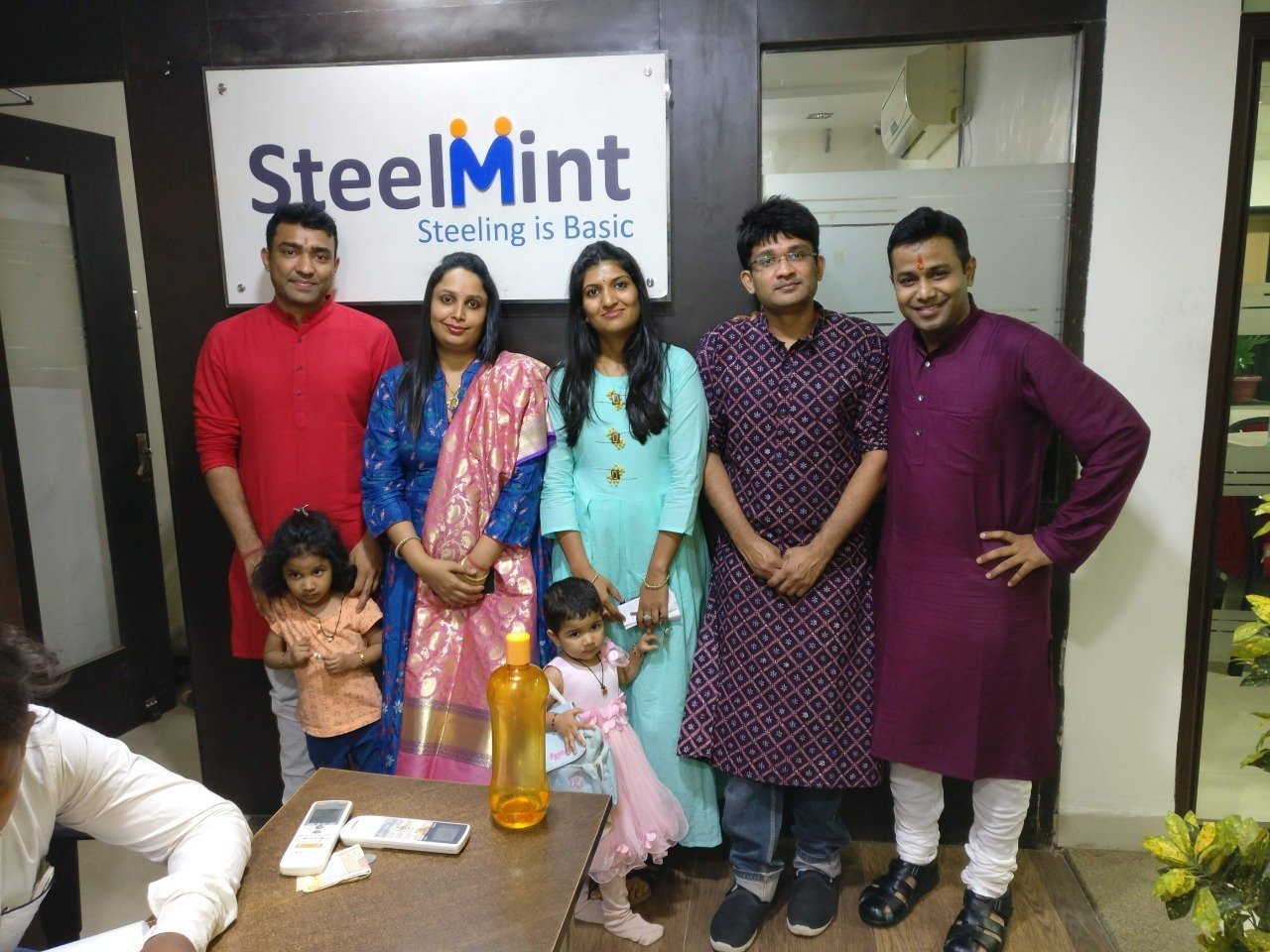 SteelMint was, thus born in 2010. Tarun shifted his base to Raipur to look after the daily operations while Sumit and Dhruv were still exploring the depths of the industry. While their offerings of ‘Data-Services’ was critical for trading calls, it was not easily accessible. They started aggregating real-time steel consumption data from various geographies.
SteelMint was, thus born in 2010. Tarun shifted his base to Raipur to look after the daily operations while Sumit and Dhruv were still exploring the depths of the industry. While their offerings of ‘Data-Services’ was critical for trading calls, it was not easily accessible. They started aggregating real-time steel consumption data from various geographies.
They felt that they can build their own MOAT around it to make the process more system driven. The Iron & sponge prices data service with an initial rate of Rs. 1.5-2k became an instant hit in a market starved of genuine spot price assessments. Despite getting good traction, the next few years were a struggle, with not much of revenue surplus. Then, came the idea of doing an event on the Steel Industry. More than the paltry earnings, the event gave the company visibility and industry connections in the right places.
Post 2014, they rocketed their hustle and started doing around 3 events a year, the scale of which was getting bigger and bigger now. In 2019, when they did their last BIG event, they sold ~600 paid tickets, an extremely impressive attendance by any standards.
But what is unique about them? Why does their subscriptions sell? For any commodity, price discovery is a challenge. The challenge is the same for the metals and minerals sector. How can you be sure that the miner is asking the right price?
This is where SteelMint Comes into the picture. SteelMint provides real-time data from various geographies, add their own alternative data <read – freight movement>, compare the global prices and then gives out suggestive spot prices assessment.
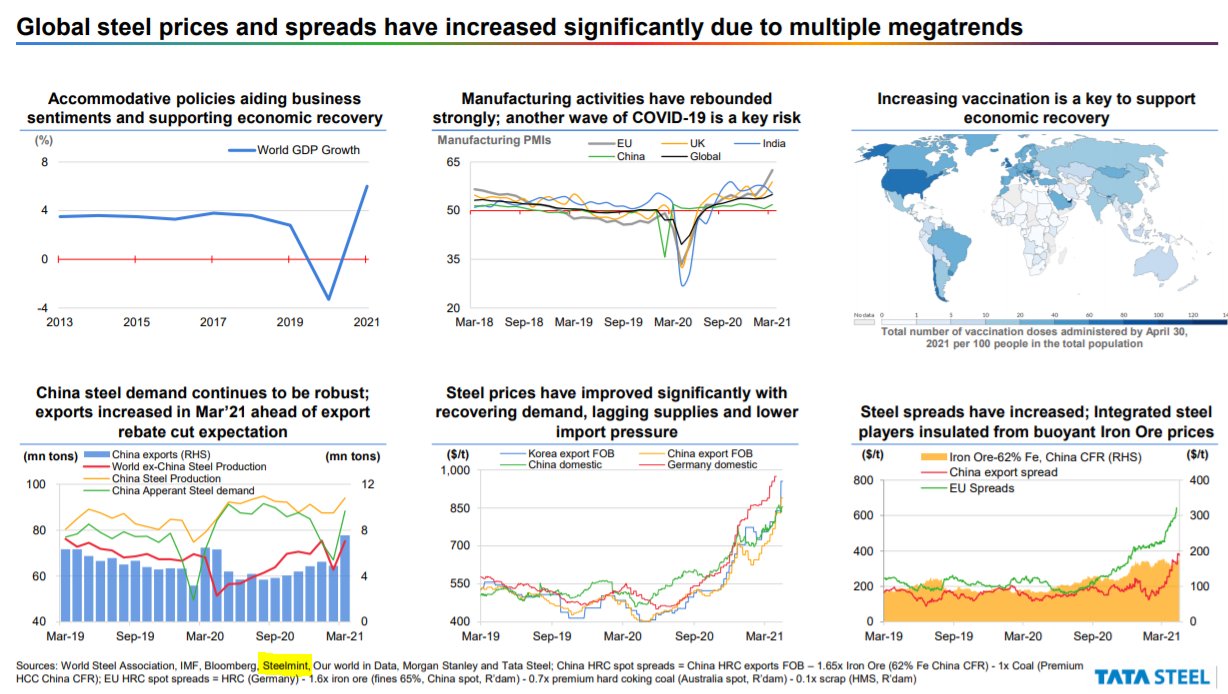 Today, most steel producers in India, uses their data, for ‘data-driven decision making’. Sumit feelsthat their data tools are designed to make sense of the enormous wealth of information (both structured and alternative), so that users can deriveactionable insights.
Today, most steel producers in India, uses their data, for ‘data-driven decision making’. Sumit feelsthat their data tools are designed to make sense of the enormous wealth of information (both structured and alternative), so that users can deriveactionable insights.
What next?
Most of us have heard of this: “Data is the new oil”. But how does it work?
Data is the new oil– and SteelMint is a modern day drilling company that provides a turnkey service to mine insights from data.
Having more data will allow you to tap into an abundance of workable options by gaining insights. You can improve what you do, reduce the risks and costs and expand your market reach. Thus, more data you process equals to more profit.

What about offering your services to Retail investors, given the recent hype around the Metal stocks? To this Dhruv replied: “We show pixels not the picture, So let the equity research firms do that”.
Are you doing to dig deep into what you are doing currently, or will you expand into other commodities, given the process of doing it is almost already solved? “Both, CoalMint is one of such an extension for us”
“Nail the true essence of your product and then make it better over time.”
Ideas start out as just a glimmer, small and seemingly meaningless. But if they grow in a way that aligns with the needs of the market, technology lets them grow into huge companies. The growth of SteelMint also explain how business information is a combination of numbers, observations, and relationships between the two.
SteelMint is one such example of a Data Company coming from Raipur. Profit Seeking & Making!!
